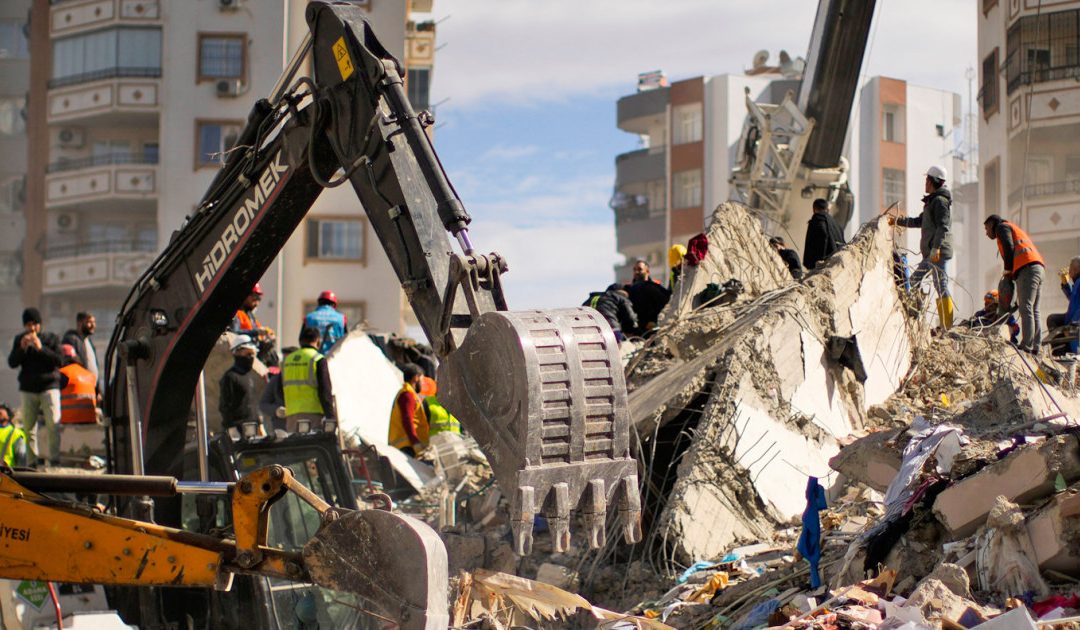When it comes to natural disasters like earthquakes, predicting when and where they will occur remains a challenge. Despite advances in science and technology, the 7.8-magnitude temblor that hit Turkey and Syria on Monday illustrates how difficult it can be to forecast these powerful events. In this blog post, we will discuss why earthquakes are so difficult to predict and what steps can be taken to prepare for them.
Earthquakes are incredibly fast-moving events, and they tend to strike with little to no warning. Scientists have investigated potential precursor events such as shifts in subsurface sounds and changes in animal behavior, but they have yet to find any consistent signals that shaking is imminent. Additionally, the processes that underpin earthquakes—the mashing and colliding of tectonic plates and the energy that builds up as a result—play out over long periods of time, making it impossible to create reliable forecasts akin to weather reports.
Fortunately, there are ways to prepare for earthquakes. The U.S. Geological Survey has developed an early-warning system called ShakeAlert that detects when a significant earthquake has occurred in California, Oregon and Washington and then issues radio, television and cellular alerts saying that strong shaking is imminent. In most cases, the alerts offer only a few seconds of warning, but that time can be extremely valuable.
One of the most important ways to prepare for an earthquake is to be aware of the risks. For policymakers, this means ensuring that critical infrastructure is protected in earthquake-prone areas. Additionally, it is important to make sure that people know what to do in the event of an earthquake, and that cities are able to be resilient in the aftermath.
Overall, earthquakes remain unpredictable events, but with the right preparation and knowledge, we can work to minimize the inevitable impact they can have.
Source: www.nbcnews.com
